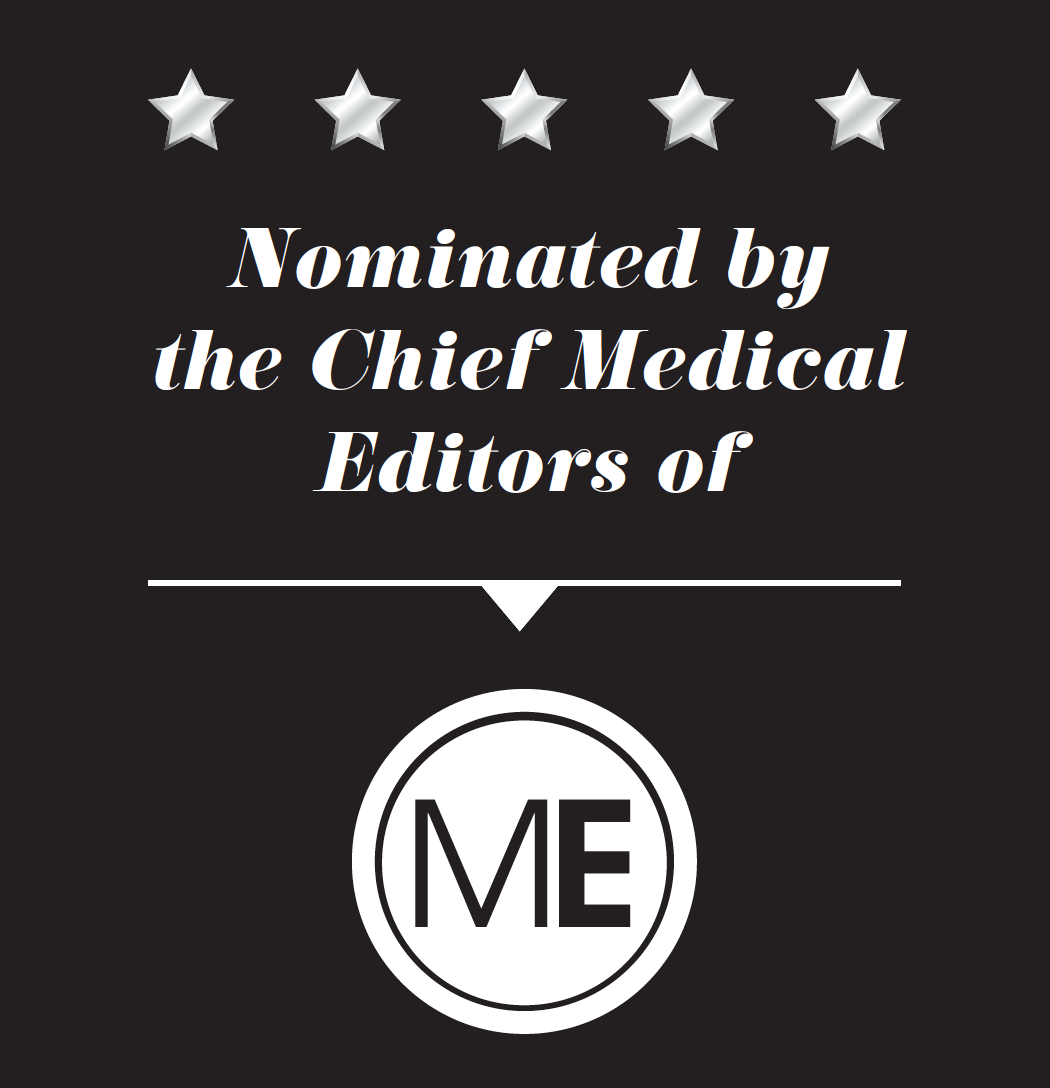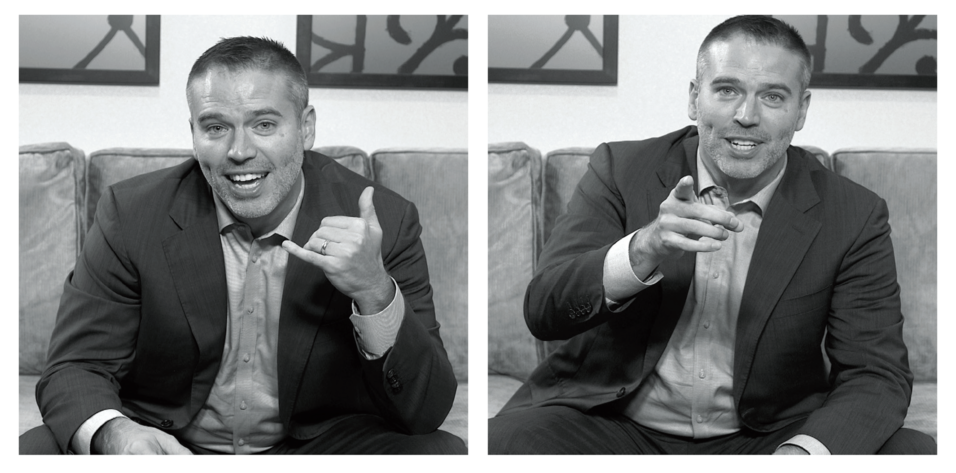Dr. Berdahl is a clinician and researcher at Vance Thompson Vision in Sioux Falls, South Dakota, where he specializes in advanced cataract, corneal, and glaucoma surgery. In this interview, he shares how a thought-provoking idea was conceived 30 feet underwater, what he considers intellectual candy, and how he handles the naysayers.
Interviewed by Callan Navitsky, MillennialEYE and Glaucoma Today Editor-in-Chief

BMC: Who or what drew you to ophthalmology?
John P. Berdahl, MD: I won a science scholarship for college, so I was required to have a science major. Initially, I planned on becoming an engineer, but then I realized I wanted to work more closely with people and started to consider optometry. Upon hearing this, my family optometrist said, “I think you would be happier as an ophthalmologist because of your curiosity. You wouldn’t want artificial legal limits imposed on your practice.” I told him I wasn’t sure I had what it takes to be an ophthalmologist, and, in response, he gave me the single best piece of advice I have ever received. He said, “A few years on the front end of your life to do what you’re meant to do for the rest of your life is always time well spent.”
Ultimately, I applied to medical school with the hopes of going into ophthalmology, and I caught a couple of breaks with some important mentors along the way. Since then, it’s been like a hand in glove, and I love what I do every day. I think the reason why I am so passionate about ophthalmology is because we have fixable problems. There is a lot of physics-related and mathematical problem-solving in our specialty compared with others, and that allows us to go all the way to basic physics principles to think through how we can solve a patient’s problems. That is intellectual candy to me.
BMC: What was it specifically about cataract surgery and glaucoma that appealed to you?
Berdahl: What appealed to me about cataract surgery is that there is a defined point when the procedure is complete. I remember running a bowel as a medical student and looking for a perforation. We did this for 25 minutes and then said, “Let’s do it one more time.” We were never sure when we were done. With cataract surgery, the surgical steps are clear. Further, this procedure can make such a remarkable difference. We get hugs from patients every day because they value their vision so much. These are the same qualities I found attractive in corneal surgery as well.
Glaucoma, on the other hand, is more of an intellectual and philosophical endeavor. I love thinking about the disease itself and whether it is a balance between IOP and cerebrospinal fluid (CSF) pressure. I often find myself asking, “What are we missing in the big picture of this disease?” and “How can we think through the disease to fundamentally understand it better and develop better treatments?”
BMC: What was ophthalmology training like for you?
Berdahl: Medical school was hard work, and I wouldn’t say I was that great at it. Ophthalmology training was challenging, but it felt like what I was meant to be doing. I loved residency. I had fantastic teachers and mentors, and Duke University was a place where they combined scientific rigor with intellectual curiosity and pragmatism. We were encouraged to have ideas, and those ideas were challenged but also respected and explored.
BMC: Who were some of those mentors you worked with in training?
Berdahl: I had many influential mentors throughout training. The three who stand out from residency are the late David L. Epstein, MD, who was the Chair of the Department of Ophthalmology; R. Rand Allingham, MD; and Terry Kim, MD. In fellowship, Richard L. Lindstrom, MD; David Hardten, MD, FACS; Thomas W. Samuelson, MD; and Sherman W. Reeves, MD, MPH, were all instrumental. Everybody at Minnesota Eye Consultants was influential, but those four poured so much of their time, skills, and character into me that I will be forever grateful.
BMC: When finishing up fellowship, did you know what type of practice setting you wanted to enter, or did you take time to explore?
Berdahl: During fellowship, I didn’t know for sure what would come next. I have academic intellectual curiosities, but I knew I didn’t want a purely academic appointment. The reason why is because the first paper we submitted on CSF pressure was rejected, and it was devastating to me. I believed we were right, that we did the necessary work, and that our findings were important. The idea that anonymous reviewers could reject it was hard on me and showed me that I didn’t have the fortitude and intellectual stamina possessed by many academics. I knew I couldn’t base that much of my self-worth on the opinions of paper or grant reviewers. I also knew, however, that I wanted to continue to pursue my ideas and that I didn’t want to simply punch in and punch out. I wanted to help set the standard of care, not just follow it.
At Vance Thompson Vision, I found a place where the patient experience and the employee experience come first. There is a heavy emphasis on research, so I knew I could participate not only in clinical trials but also in my own internally generated organic research. Plus, I could take care of a lot of patients. If I was given a blank piece of paper and told to write my story, I wouldn’t have had the courage to write it as well as it has turned out.
BMC: When that paper was rejected, how did you handle it? What motivates you to keep going in the face of a setback?
Berdahl: Ultimately, the paper was accepted, but there are a couple of things that help me keep going. The first one is having a mindset similar to that of a dog with a bone and feeling convinced that what you are trying to get across is representative of truth. If you go to bed at night and can’t stop thinking about it, that’s what drives you. There is probably a small piece that comes from wanting to prove other people wrong, but it’s mostly an attempt to discover truth.
BMC: Can you tell us about your idea that glaucoma may be a two-pressure disease? How was this concept conceived?
Berdahl: When I was a first-year resident at Duke, I was scuba diving with my wife in the Caribbean on the one vacation we get during residency. I was down 30 feet, and I thought, wait a second, there is all this weight of the water pushing on my eye—760 mm Hg of pressure from the water—and I drill a hole in a patient’s eye for 50 mm Hg … why doesn’t this add up? Instead of enjoying my vacation and a Corona, I couldn’t get this idea out of my head. I came to believe that it is not the absolute pressure inside the eye but a balance between eye pressure and brain pressure. Those pressures move together in lockstep while you are diving or when you go to a higher elevation. That is why scuba divers aren’t at higher risk for glaucoma.
I came back from that vacation excited to tell Dr. Allingham about my idea. He said, “That’s interesting. I’m not sure you’re right, but go study it.” So, we studied it at the Mayo Clinic. We looked at more than 55,000 electronic records to find patients who had glaucoma and who had undergone spinal taps. We identified the patients who had both and compared them. We found that, indeed, CSF pressure was lower in patients with glaucoma and even lower in patients with normal-tension glaucoma, explaining why so many people who have normal eye pressures still develop glaucoma. CSF pressure was higher in patients who had ocular hypertension, high eye pressure but no glaucoma, which explains that, too. This concept fills an enormous gap in our understanding of glaucoma. Since then, we have published a number of papers, one of which showed that CSF pressure begins to decrease with age, starting around 55 years.1 Other investigators have looked at this, and nearly every study has confirmed there is a balance between IOP and CSF pressure that is part of the pathogenesis of glaucoma.
BMC: With any idea, there will be skeptics and naysayers. Have you come up against that?
Berdahl: Yeah! I’ve kept a list of great quotes from some of the rejections I’ve received. A couple of my favorites are:
- “This is not science but simple armchair philosophy”;
- “Rabbits won’t wear goggles”;
- “It would be unethical to proceed with this study due to the complete lack of valid scientific data it would produce”;
- “The innovation would be great if not based on a flawed concept”; and
- “Astonishingly, how did this applicant not realize that IOP is the result of an equilibrium?”
There is absolutely no shortage of criticisms.
It’s hard when people whom you admire and respect think your ideas are crazy or wrong. I’m not putting ours there yet, but the history of ideas is littered with challenges. That’s not to say that we shouldn’t be challenged—we should be, but it should be authentic.
BMC: Are there any other challenges in ophthalmology making you lose sleep?
Berdahl: There is an incredible distance between an idea and a product, and there is an incredible distance between a product and a business. Coming up with the idea is the most fun, and it is just 1% of the process. The rest is real work. If people invest in your idea and you employ people based on that, it becomes a huge responsibility to deliver on the trust that investors, employees, and ultimately patients put in you to try to develop something that can improve patient care and advance our profession. The idea phase is the most fun. Boy, if we could just sit around and spit out ideas all day, it’d be great.
BMC: So far, in your career, what would you say is your greatest accomplishment?
Berdahl: My greatest accomplish-ment is being a trustworthy partner, employer, and doctor. The most enjoyable thing that I do is train our fellows—that’s my favorite part.
BMC: If you had to nominate one creative mind in ophthalmology, whom would it be and why?
Berdahl: It would be my partner, Vance Thompson, MD, FACS. He is far more creative than I, and I have learned so much from him. When everybody is looking at a slide with one thing on it and they’re focused on that one thing, Vance is looking at something completely different. He sees the world through a different lens, and he identifies opportunities that other people can’t see. If you gave me two more votes, I’d pick Dr. Lindstrom and Malik Y. Kahook, MD. (Editor’s Note: The Chief Medical Editors of CollaborativeEYE have selected Dr. Thompson as one of its creative minds and the Chief Medical Editors of MillennialEYE have selected Dr. Kahook.)
1. Fleischmann D, Berdahl JP, Zaydlarova J, Stinnett S, Fautsch MP, Allingham RR. Cerebrospinal fluid pressure decreases with older age. PLoS One. 2012:e0052664.


